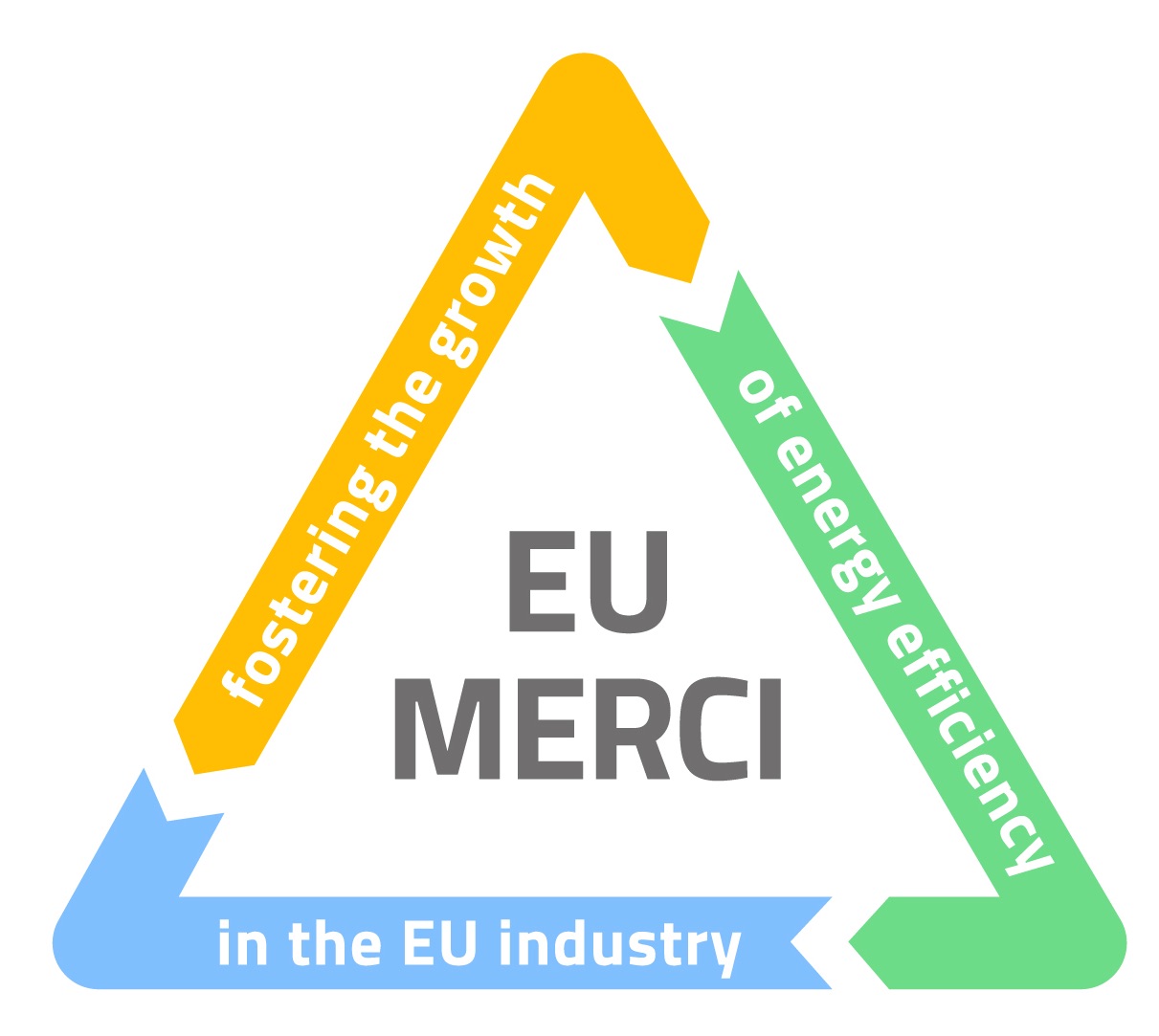Definition of the KPIs
Primary Energy Savings (PES): they are calculated in order to be able to compare Final Energy Savings (FES) coming from different sources, in particular thermal and electrical energy savings;
Energy Consumption Improvement (ECI): it is used to understand the improvement of energy performances of the measure with respect to the previous situation.
CRU (Consumption_Reduction_per_Unit_product): it is comparable to an Energy Intensity reduction, where the Primary Energy Savings are divided by the cumulative produced value of the sector.
Cost of Energy Savings (CES): it represents the capital invested in order to obtain one ton of oil equivalent per year of Primary Energy Savings. It is obtained by dividing the cost of the project by the Primary Energy Savings.
Cost of Carbon Savings (CCS): it represents the capital invested in order to reduce CO2 emissions of one ton per year. It is obtained by dividing the cost of the project by the ton of CO2 not released in atmosphere thanks to the energy savings.
Renewable Energy Source (RES): it takes into account the amount of used energy (in savings) produced with renewable energy sources.
Simple Pay-back Time (PBT): it is calculated as the period of time after which the investment is completely paid back. Since investments in Energy Efficiency are performed in different countries and years, it has been chosen not to take into account the discount rate, and to consider each project as not incentivised. This last choice has been taken in order to understand which of the implemented measures could be replicated also in absence of support schemes and which ones require higher incentives from policy makers.
Cumulative Cash Flow (CCF): it is a measure of the incomes generated by the Energy Savings introduced by the adoption of the Energy Efficiency Measure. Also in this case, it has been chosen not to take into account the discount rate, and to consider each project as not incentivised.
Share of Project Cost Subsidized (SPCS): it is a measure to verify how much of the project has received incentives from the policy makers. This can support also the analysis of the quality of each policy, especially for those policies that set incentives based on the achieved savings and not proportional to the investment cost (e.g. Italian White Certificates mechanism).
